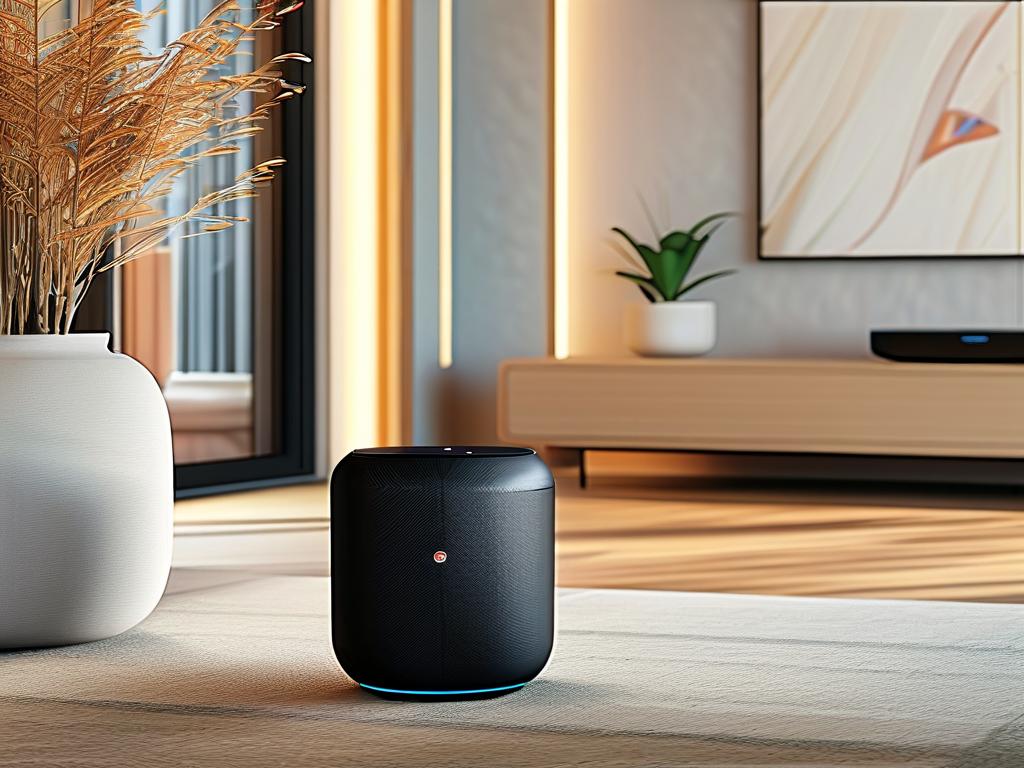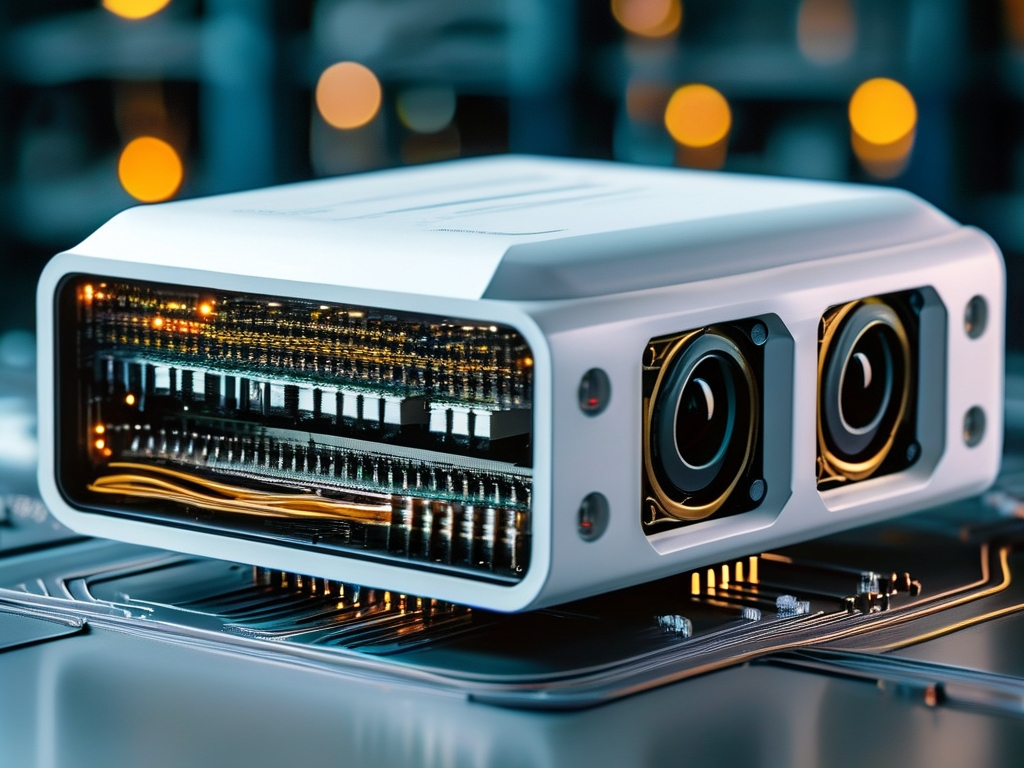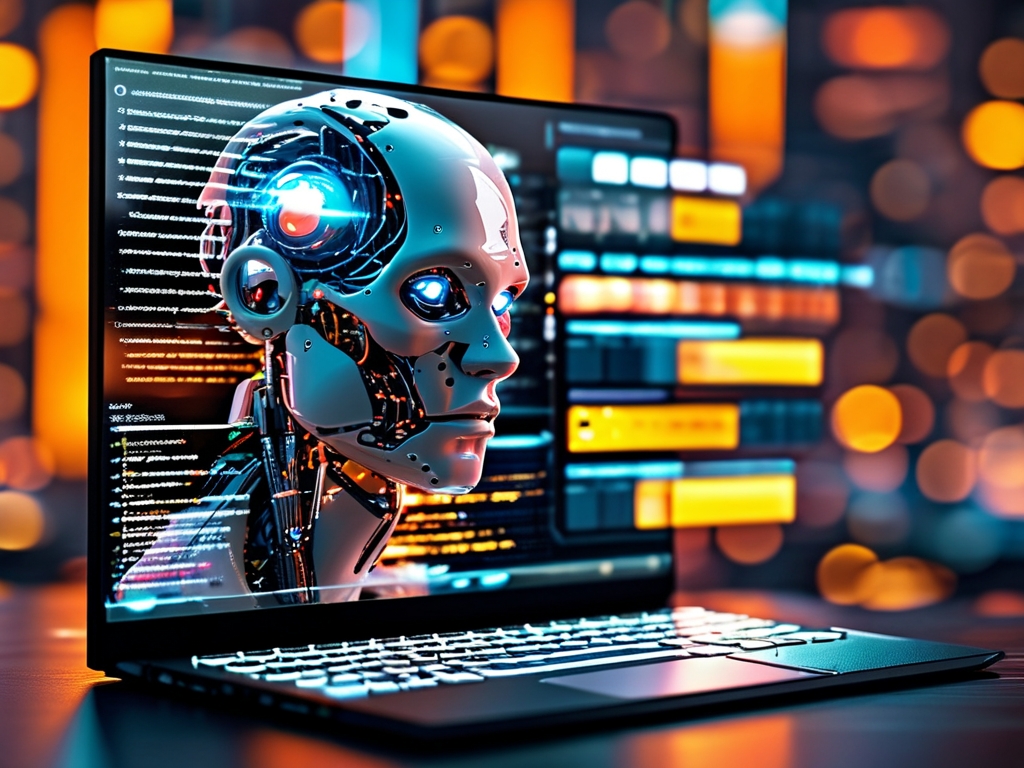The rapid evolution of artificial intelligence (AI) has paved the way for innovative applications across industries. Among these advancements, embedded AI application development stands out as a transformative approach, enabling intelligent decision-making directly within edge devices. This article explores the intricacies of embedded AI, its use cases, challenges, and the tools shaping its future.

What is Embedded AI?
Embedded AI refers to the integration of machine learning (ML) models and algorithms into hardware devices with limited computational resources, such as microcontrollers, sensors, or IoT gadgets. Unlike cloud-based AI, which relies on remote servers, embedded AI processes data locally, reducing latency, enhancing privacy, and enabling real-time responses. Examples include smart cameras that detect objects autonomously, wearables that monitor health metrics, and industrial robots optimizing production lines.
Key Challenges in Embedded AI Development
-
Resource Constraints: Embedded systems often operate with restricted memory, processing power, and energy. Deploying complex neural networks on such devices requires optimizing models through techniques like quantization (reducing numerical precision) or pruning (removing redundant parameters). For instance, TensorFlow Lite and PyTorch Mobile offer frameworks to compress models without significant accuracy loss.
-
Energy Efficiency: Many embedded devices rely on batteries, making energy consumption a critical concern. Developers must balance performance with power usage. Techniques such as dynamic voltage scaling or leveraging hardware accelerators (e.g., NPUs) help mitigate this issue.
-
Real-Time Processing: Applications like autonomous drones or medical devices demand instantaneous decisions. Achieving low-latency inference requires lightweight models and hardware-software co-design.
-
Data Privacy and Security: Local data processing reduces dependency on the cloud, minimizing exposure to cyber threats. However, securing on-device AI against physical tampering or adversarial attacks remains a priority.
Tools and Frameworks for Embedded AI
To address these challenges, developers rely on specialized tools:
- TensorFlow Lite Micro: A version of TensorFlow optimized for microcontrollers, supporting model deployment on devices with kilobytes of memory.
- Edge Impulse: A platform for building and deploying ML models on edge devices, offering data collection, training, and deployment pipelines.
- OpenMV: A camera module with built-in ML capabilities, ideal for prototyping computer vision applications.
- ARM CMSIS-NN: A library of optimized neural network kernels for ARM Cortex-M processors, enhancing inference speed.
Real-World Applications
-
Autonomous Vehicles: Embedded AI powers real-time object detection and collision avoidance systems. For example, Tesla's Autopilot uses on-board processors to analyze sensor data without relying on cloud connectivity.
-
Smart Healthcare: Wearable devices like ECG monitors leverage embedded AI to detect arrhythmias or predict seizures, enabling timely medical intervention.
-
Industrial IoT: Predictive maintenance systems in factories use embedded AI to analyze machinery vibrations or temperature patterns, preventing costly downtime.
-
Consumer Electronics: Voice assistants like Amazon Alexa employ tinyML models to process commands locally, ensuring quick responses even offline.
The Future of Embedded AI
Emerging trends are reshaping the landscape:
- TinyML: A movement focused on deploying ML models on ultra-low-power devices, democratizing AI for sectors like agriculture and environmental monitoring.
- Hardware Innovations: Custom AI chips (e.g., Google's Edge TPU) are boosting efficiency, while neuromorphic computing mimics human brain structures for faster, adaptive learning.
- Federated Learning: This technique allows devices to collaboratively train models without sharing raw data, enhancing privacy in distributed systems.
Embedded AI application development is redefining how intelligent systems interact with the physical world. By overcoming resource limitations and prioritizing efficiency, developers are unlocking opportunities in healthcare, manufacturing, and beyond. As tools mature and hardware advances, the boundary between AI and everyday devices will continue to blur, ushering in an era of ubiquitous, context-aware intelligence.
To stay competitive, organizations must invest in upskilling teams, experimenting with edge-focused frameworks, and exploring partnerships with hardware innovators. The future belongs to those who can harness the power of embedded AI to deliver smarter, faster, and more secure solutions.








